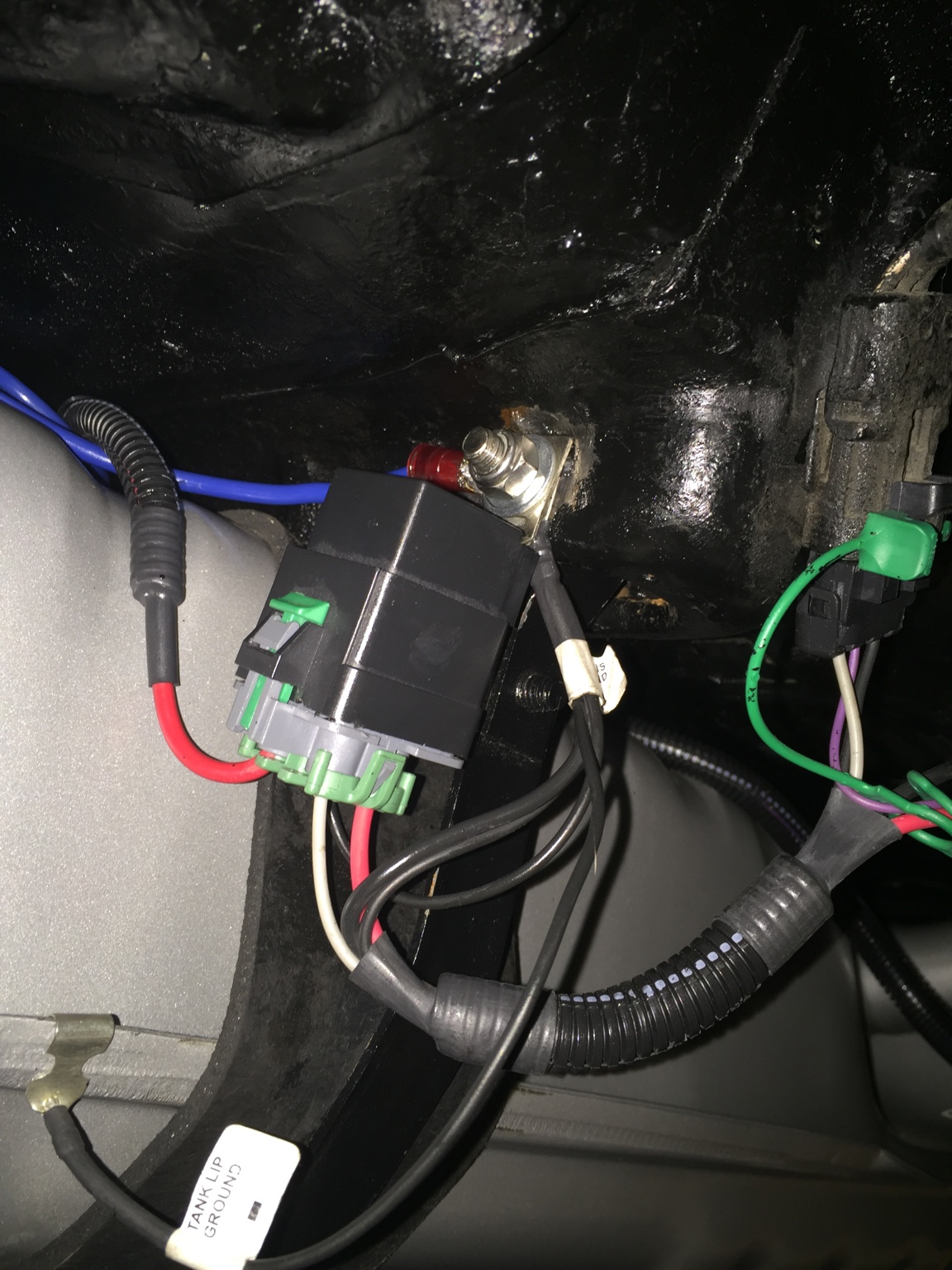We started using the Walbro 400/450 pump a few years ago, and so far it has the best output of any single in-tank fuel pump other than a submersible Aeromotive 1100 series pump which is mounted on the tank floor instead of a hanger.
The problem with most in-tank pumps is improper and inadequate wiring. The performance and flow ratings on most in-tank pumps is with a good power source at 13.5 volts and a proper ground to the battery. Generally we like to see pump voltage of 14+ volts at WOT in a performance build to be on the safe side.
A GN has run high 9's with one DW301 pump with a hose line kit and additional voltage.
I am confident that one 450 in-tank pump can supply enough e-85 to run into the 9's which is ~650 RWHP in a GN, and we will be testing such a system over the next few months
t
Ok there has to be a disconnect here ( most likely on my end ) your saying you've run a GN in the 9's on a single DW301 pump on E85 , BOOST231 is saying he has run a DW pump out before a set of 80# injectors ,
I couldn't even tell you how many Turbo Buicks have been setup with DW30x pumps and 80's on E85 and I just cant see 9's with either ... you guys sure about what your sayin?

